Growth in E-commerce
The rapid expansion of e-commerce is emerging as a significant driver for the Non Laminated Heat Sealed Bags Market. As online shopping becomes increasingly prevalent, the demand for efficient and reliable packaging solutions is on the rise. Non laminated heat sealed bags are particularly suited for shipping various products, offering protection and convenience. Market data suggests that the e-commerce sector is expected to continue its upward trajectory, leading to a corresponding increase in the need for effective packaging solutions. Companies are likely to adapt their product offerings to meet the specific requirements of e-commerce logistics, thereby fostering growth in the Non Laminated Heat Sealed Bags Market.
Regulatory Compliance
Regulatory compliance is becoming an essential driver for the Non Laminated Heat Sealed Bags Market. Governments and regulatory bodies are increasingly implementing stringent packaging regulations aimed at reducing waste and promoting sustainable practices. This trend compels manufacturers to innovate and adapt their products to meet these evolving standards. Non laminated heat sealed bags, often viewed as a more compliant option due to their eco-friendly materials, are likely to gain traction in various sectors. Market data indicates that companies prioritizing compliance are better positioned to capture market share, as consumers increasingly favor brands that align with regulatory expectations. This focus on compliance may drive further growth in the Non Laminated Heat Sealed Bags Market.
Technological Innovations
Technological advancements are significantly influencing the Non Laminated Heat Sealed Bags Market. Innovations in manufacturing processes, such as improved sealing techniques and material formulations, are enhancing the performance and durability of these bags. For instance, advancements in heat sealing technology have led to stronger seals that ensure product safety and extend shelf life. Market data suggests that the integration of automation and smart technologies in production lines is streamlining operations, reducing costs, and increasing output efficiency. As manufacturers adopt these technologies, they are likely to improve product quality and meet the evolving demands of consumers, thereby driving growth in the Non Laminated Heat Sealed Bags Market.
Sustainability Initiatives
The increasing emphasis on sustainability appears to be a pivotal driver for the Non Laminated Heat Sealed Bags Market. As consumers and businesses alike become more environmentally conscious, there is a growing demand for packaging solutions that minimize ecological impact. Non laminated heat sealed bags, often made from biodegradable materials, align with these sustainability goals. This shift is reflected in market data, indicating a rise in the adoption of eco-friendly packaging solutions, with the non laminated segment expected to capture a larger share of the market. Companies are likely to invest in research and development to create innovative, sustainable products that meet consumer expectations, thereby enhancing their competitive edge in the Non Laminated Heat Sealed Bags Market.
Rising Demand in Food Packaging
The food packaging sector is witnessing a notable increase in demand for non laminated heat sealed bags, which serves as a crucial driver for the Non Laminated Heat Sealed Bags Market. These bags are favored for their ability to preserve freshness and extend the shelf life of food products. Market data indicates that the food packaging segment is projected to grow at a substantial rate, driven by changing consumer preferences for convenient and safe packaging solutions. As the food industry continues to evolve, manufacturers are likely to focus on developing specialized non laminated bags that cater to specific food items, thus enhancing their market presence in the Non Laminated Heat Sealed Bags Market.


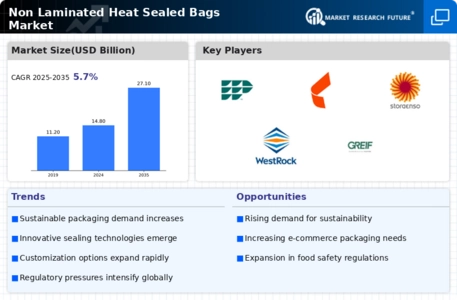
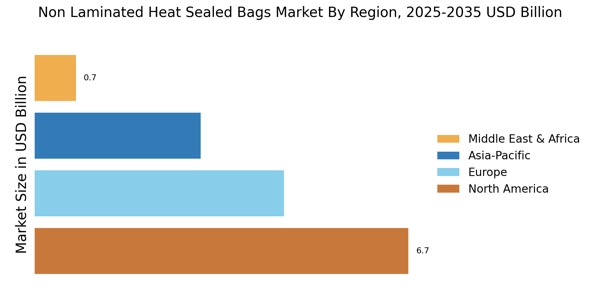
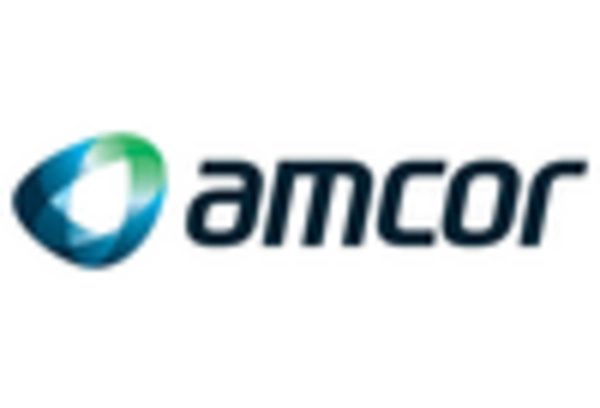
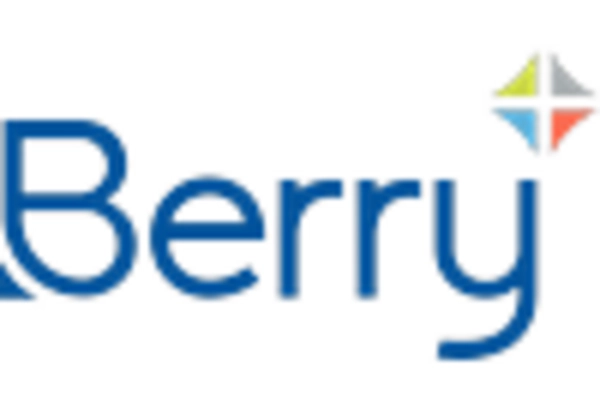
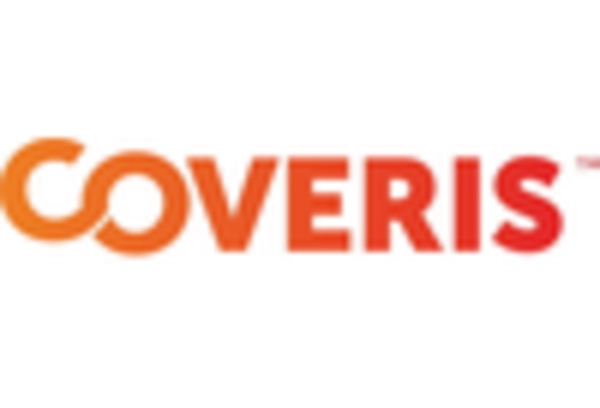

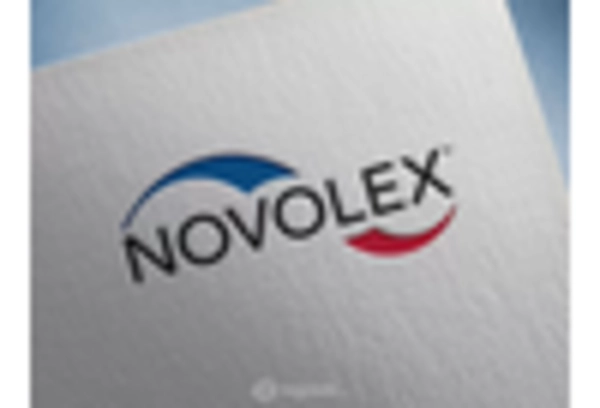
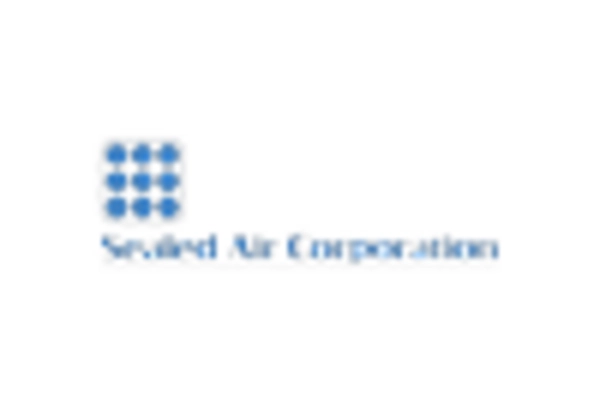








Leave a Comment